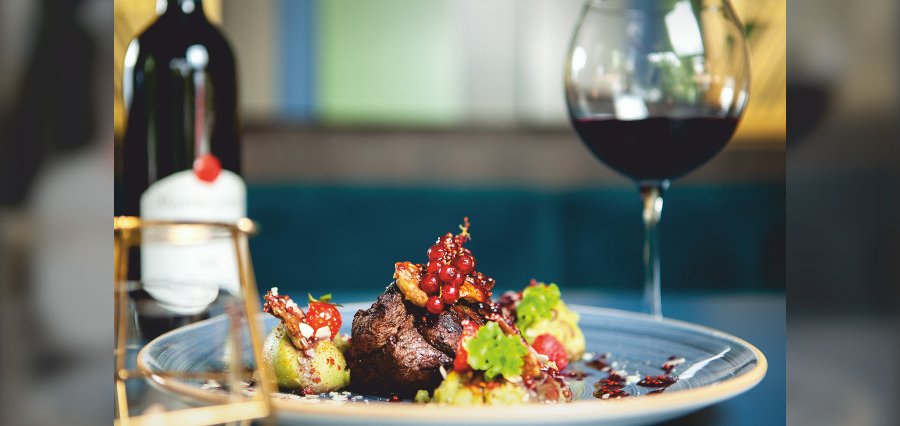Prime Highlights
- More than 90% of US ice cream producers are planning to eliminate artificial coloring by 2028.
- Certified natural alternatives for coloring have paved the way for the industry trend.
Key Facts
- The shift comes amid growing concern over the safety of artificial food colorings.
- Food company executives and federal regulators are spearheading a voluntary transition to cleaner labels.
Key Background
“Artificial food color” in ice cream will be eliminated from the shelves of most U.S. retailers by 2028. This landmark voluntary agreement will affect nearly 40 major manufacturers responsible for more than 90% of the U.S. ice cream and frozen dessert business. They are petroleum-derived additives such as Red 3, Red 40, Yellow 5, Yellow 6, Blue 1, Blue 2, and Green 3—all of which have come under increasingly growing question for their association with children’s behavioral problems and the evidence of potential cancer in the lab.
This food industry move came on the heels of increasing customer demand for cleaner labels and was supported by federal public health efforts. Health Secretary Robert F. Kennedy Jr. and FDA Commissioner Marty Makary welcomed the move as a step in the right direction towards the recovery of public trust in food safety. All this in the broader public health efforts at minimizing exposure to chemical additives in consumer products.
Following this trend, the U.S. Food and Drug Administration has recently approved numerous natural coloring materials. They include blue dye from gardenia, extract of the butterfly pea flower, calcium phosphate, and algae colorants, which are safer plant-based alternatives for manufacturers. Having these alternatives provides the technology to maintain product attractiveness at the expense of consumer safety.
But health authorities warn that “artificial dye” removal is not necessarily a healthier choice. Nutritionists suggest that although removal of the dye is a positive trend toward less artificial ingredients, ice cream remains high in sugar and saturated fat, and is still to be enjoyed in moderation. Interest groups urge compulsory open labeling and education requirements so individuals are familiar with both the advantages and limitations of this change.
This project is just one part of the larger trend among food producers, some of which are retrofitting to better respond to the public’s hunger for natural, health-oriented ingredients.






